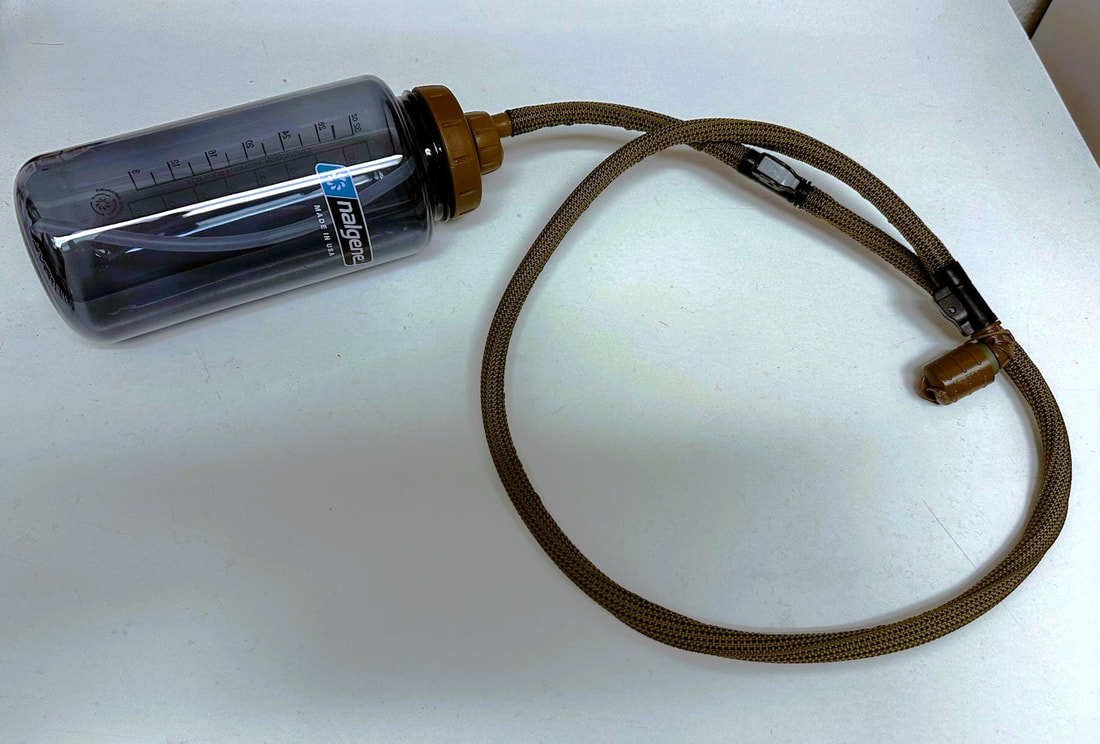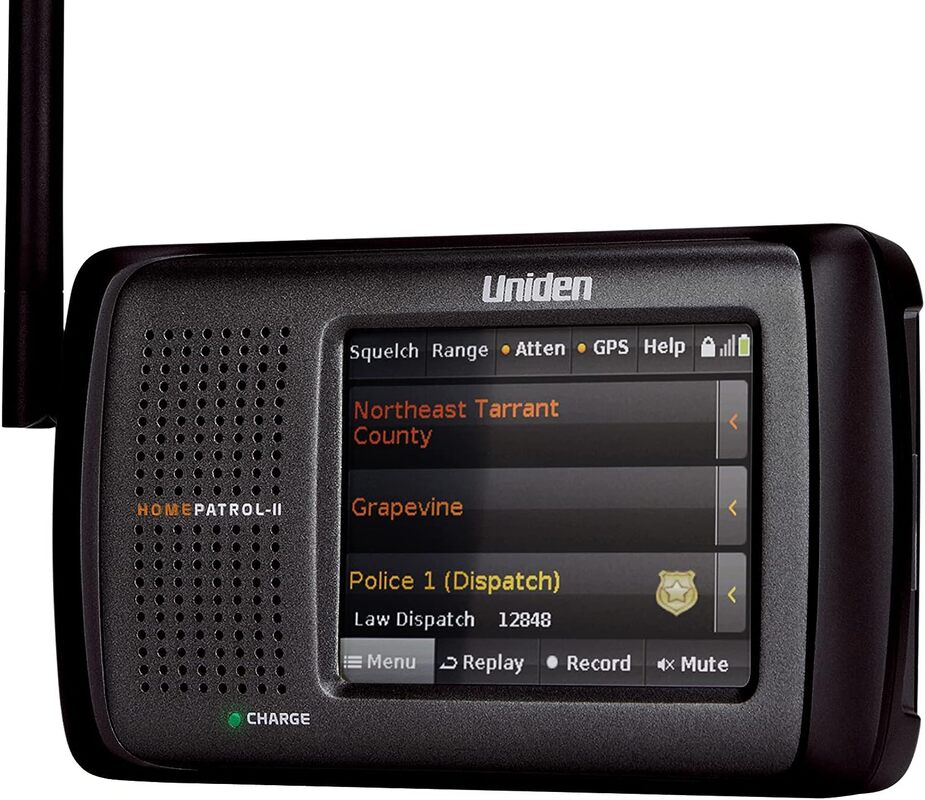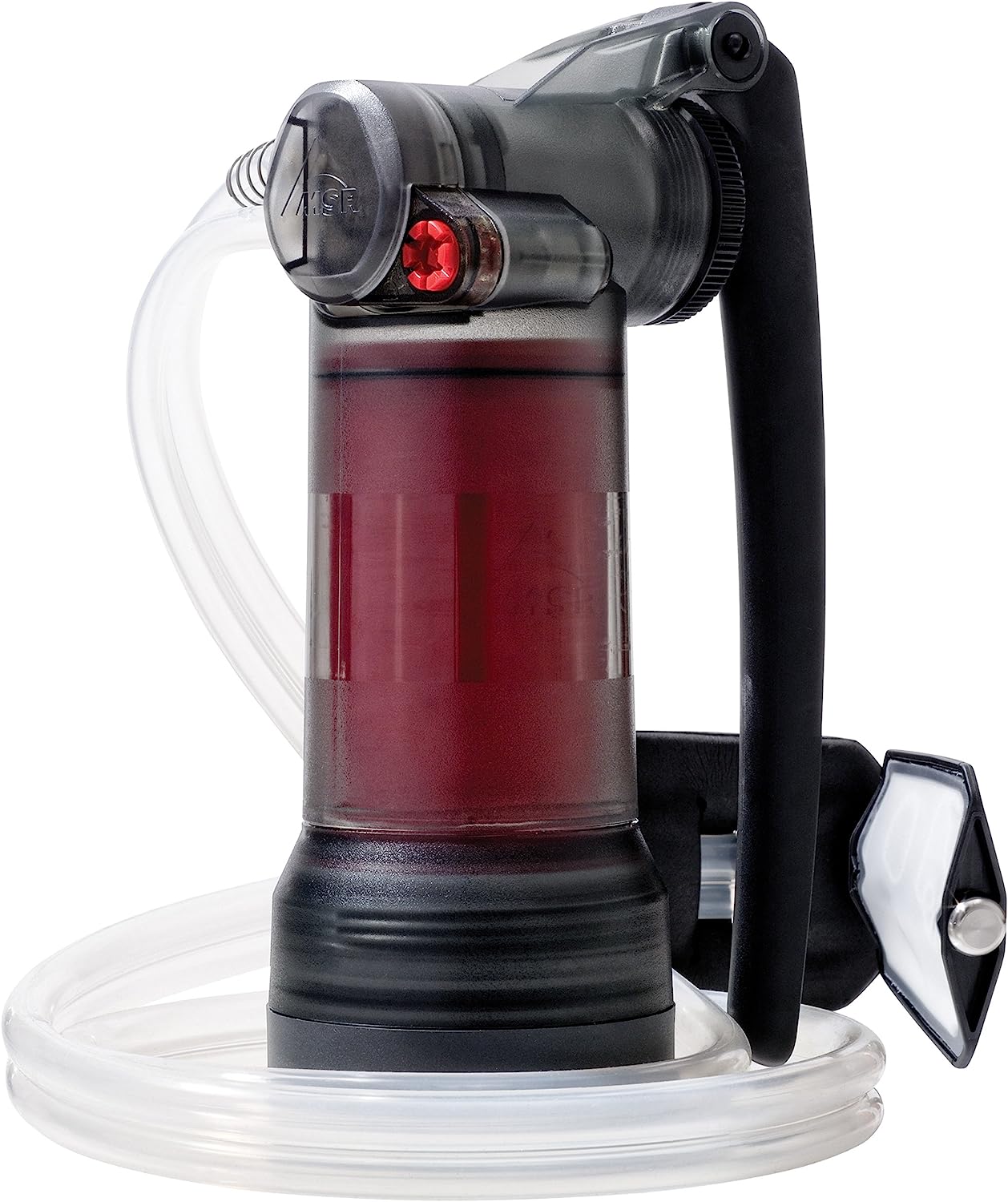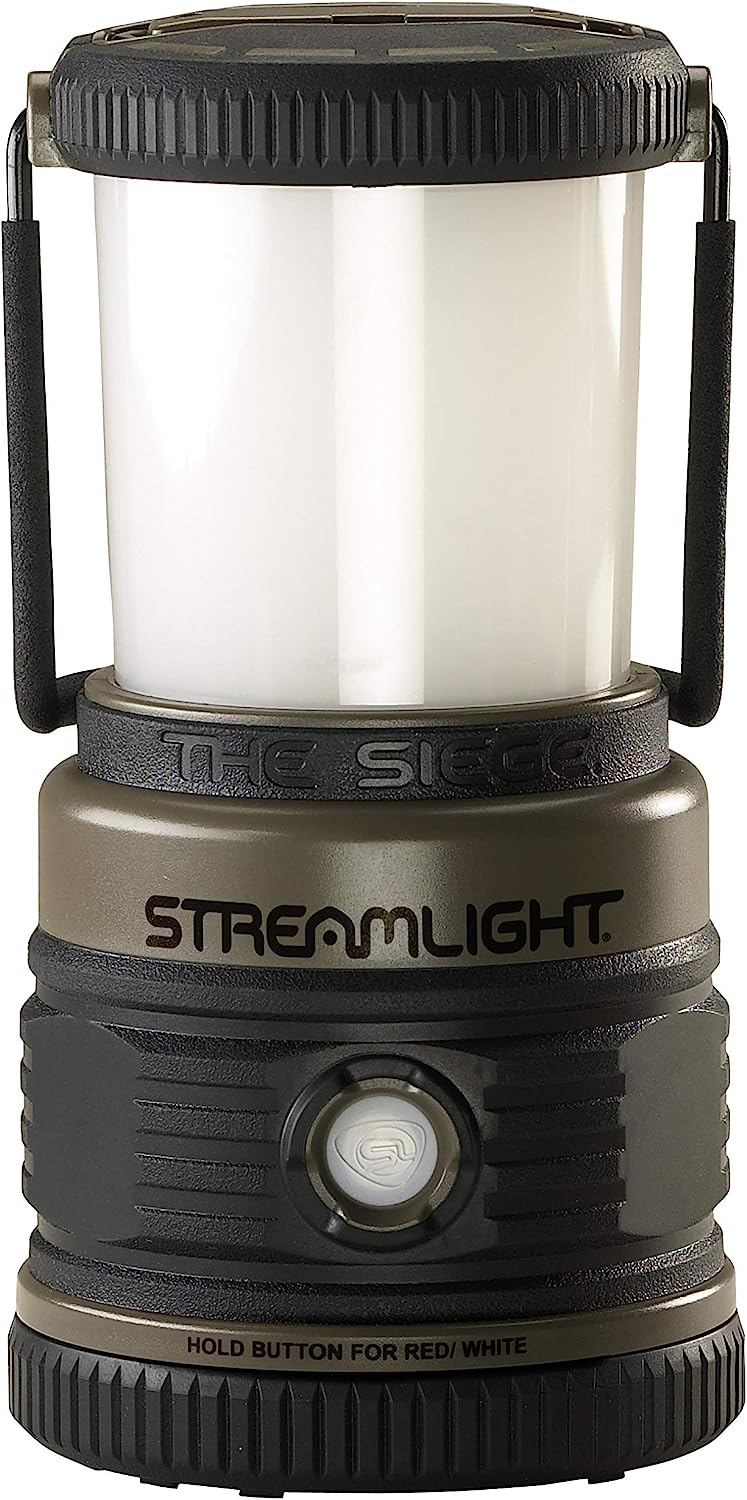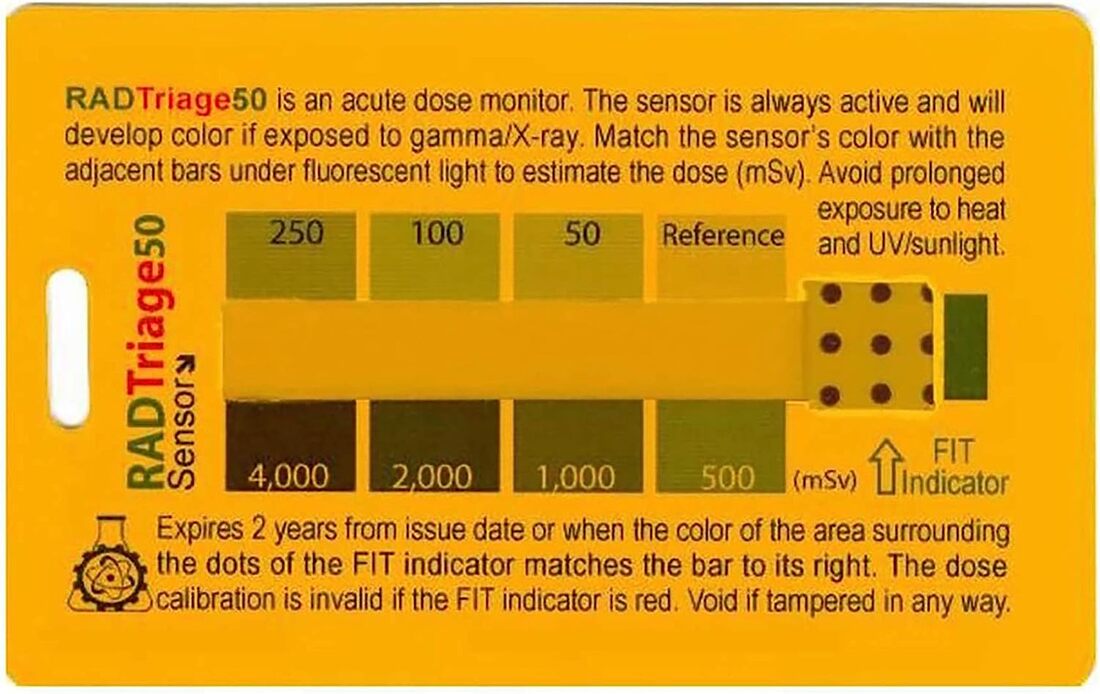|
Taking the footage at face value, a quadcopter hovers over a portable radio lying in a field near an abandoned fighting position and a dead soldier. The retrieval drone has a servomotor controlled hook dangling from a cable that looks as if it might be about ten feet/3m long. After playing a short game of the claw machine, the drone grabs the radio by the antenna and flies off with it. To summarize, drones can serve as physical intelligence collection platforms by using remote hooks. If we can lift part of a Russian submarine from three miles below the ocean surface, drones can be used to pinch small items for later intelligence exploitation. With a payload of just under five pounds or two kilos, a skillfully maneuvered quadcopter could snatch radios, maps, documents, and other small items. If this is indeed a Russian radio, it does have some intelligence value for Ukraine. As news articles state, Ukraine claimed the radio was still working and they were able to monitor Russian communications for nine days. It is likely that after nine days Russian units using the same frequencies either moved out of the area, changed an encryption key, or changed their frequencies. Unless the radio traffic was encrypted, having possession of the enemy’s radio wasn’t necessary to intercept their communications. The loss of a radio allows intelligence to download the radio to analyze its channel plans and any encryption contained on the radio. For elements using unencrypted this isn’t much of a loss as the information transmitted over the air in the clear can be intercepted and listened to anyway. Revealing a channel plan is more of a boon because it makes the signal intelligence (SIGINT) team’s job easier. The identification of frequencies and channel names (Red 41) simplifies the job of the SIGINT analyst. Knowing what frequency to switch to when intercepted users announce a channel change turns what was a job of deduction into something trivial. Without knowing the frequencies, the channel plan has to be reconstructed by the analyst through tedious monitoring of radio traffic. Upon hearing an enemy say something like “Switch to Red Four-One,” the analyst would need to watch/listen for a transmission on new frequency. He then has to listen to match by conversational context, call signs, or voice the speaker. If he has the right frequency and the right person(s), then he can note that the channel is indeed Red 41. Then that procedure has to be repeated over and over for each enemy channel. A savvy enemy will have regularly scheduled name/frequency changes to frustrate this. In the case of a captured radio, all the analyst has to do is tune to the channel labeled RED41 on the LCD screen. NC Scout in his book The Guerilla’s Guide to the Baofeng Radio stresses that one does not “program the memory of a radio you intend to use for tactical or clandestine purposes.”[1] Communication security (COMSEC) procedures help alleviate the risks in losing a radio. In combat, people will lose their gear and die. Equipment will not always be recovered or “zeroized” to prevent exploitation by the enemy. A radio with no programmed in frequencies will deny the enemy any useful intelligence as to your communications plan. This also includes cheat sheet cards that are often taped or clipped to the radio. In any situation where a channel plan is being used, one way of frustrating easy exploitation like this is to use a radio with an unlock passcode. This should prevent an unsophisticated enemy who doesn’t have the tools and software to crack the radio from simply turning it on and getting the information he wants. An example of this from law enforcement is organized retail thieves. These groups from Chile come up, shoplift from the outlet mall or break into cars, and communicate with each other over VHF/UHF radios. If a deputy is dispatched, one listening to a scanner can hear it and warn the others. Should someone be arrested and the radio fall into a deputy’s hands, he can’t turn on the radio and listen in to the conversation or see the frequencies being used without the passcode. In order to figure out what frequencies the suspects are using, the detectives would probably have to turn to the FBI to crack and decode the radio. This would provide little real time intelligence because by then the crime is over and any outstanding suspects gone. Additionally, all the suspects have to do is switch frequencies if one is compromised, and if nothing is programmed into the radio, it makes it that much harder to tune in and listen. The lesson for UAS (drone) operations is that they can do more than spy on people and drop explosives. Quadcopters are useful physical intelligence collection platforms as long as they have the payload capacity to grab the object. Defenders need to account for this potential and not leave sensitive materials lying around. What may be relatively safe in a rear command post might not actually be safe from a drone, though abandoned/lost gear being collected is understandably unavoidable. On the positive side, the extremely low approach and hovering required to recover the gear makes it easy to shoot down or simply grab the airframe. [1] Ibid. p. 21 Comments are closed.
|
Author Don ShiftDon Shift is a veteran of the Ventura County Sheriff's Office and avid fan of post-apocalyptic literature and film who has pushed a black and white for a mile or two. He is a student of disasters, history, and current events. Archives
May 2024
Categories
All
As an Amazon Associate I earn from qualifying purchases.
|


 RSS Feed
RSS Feed
